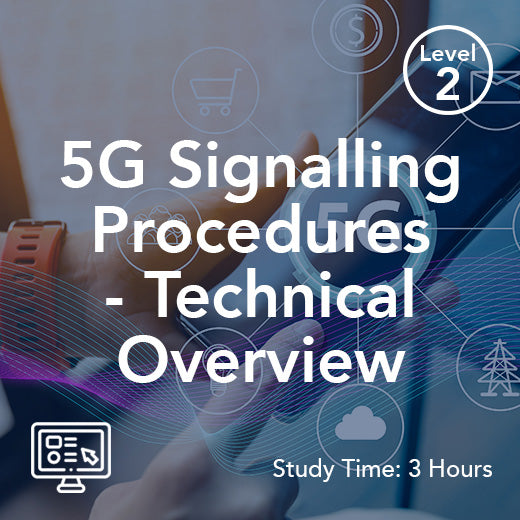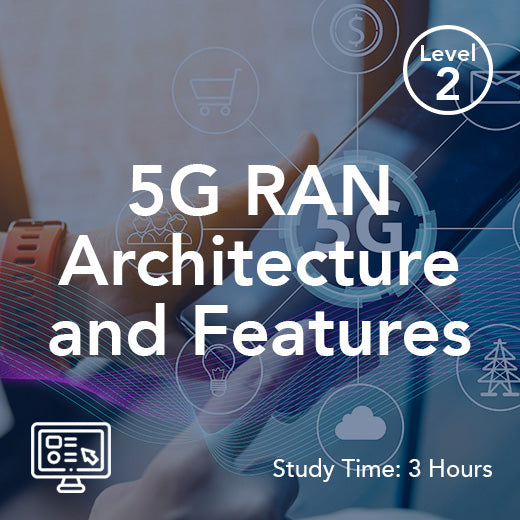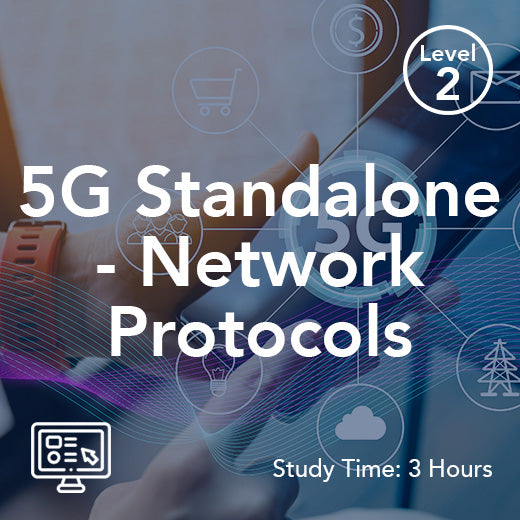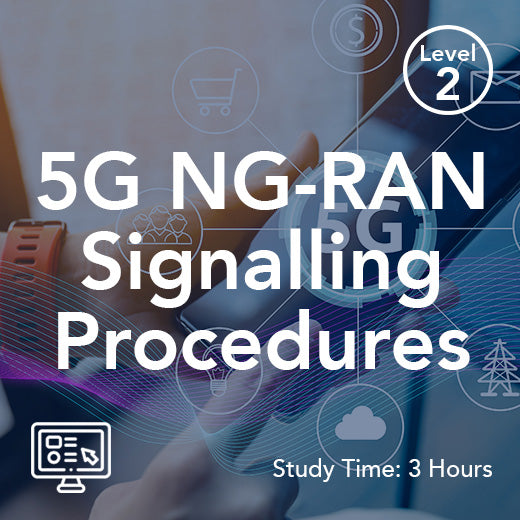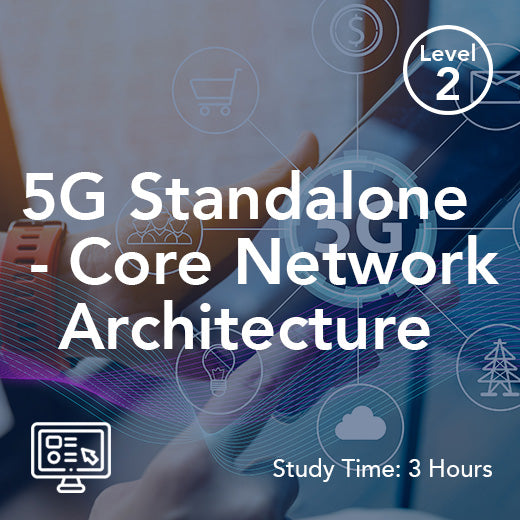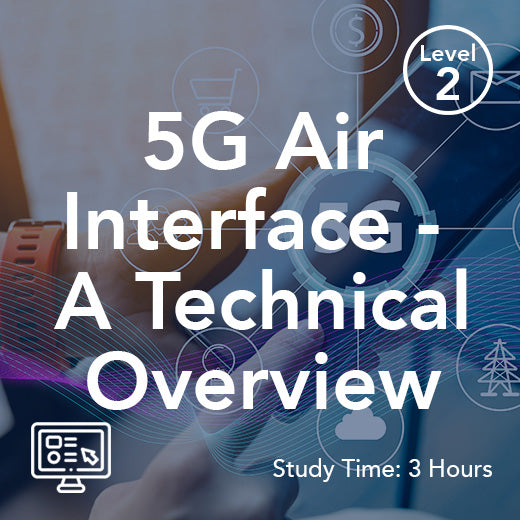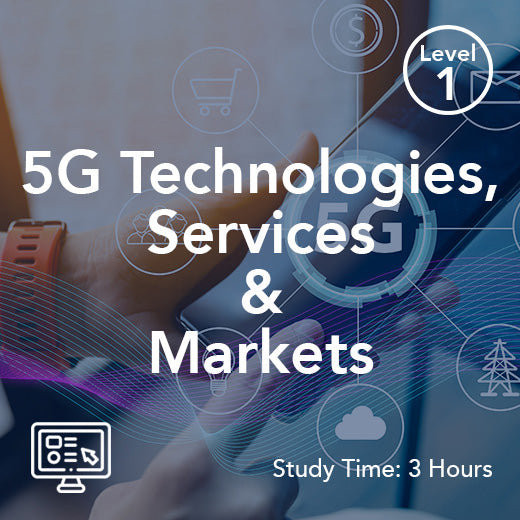What Is Ip Multimedia Subsystem (Ims) In Lte?
- , by Stephanie Burrell
- 4 min reading time
IP Multimedia Subsystem (IMS) is a framework for delivering multimedia and voice services over IP networks, particularly in LTE (Long-Term Evolution) networks. IMS is a key component of LTE networks, enabling the delivery of rich multimedia services such as voice over LTE (VoLTE), video calling, and messaging.
IMS is based on the Session Initiation Protocol (SIP), which is a signaling protocol used for establishing, modifying, and terminating multimedia sessions over IP networks. SIP allows for the creation of multimedia sessions between users, enabling real-time communication over IP networks.
In LTE networks, IMS provides a standardized framework for delivering multimedia services, allowing operators to offer a wide range of multimedia services to their subscribers. IMS enables the integration of voice, video, and messaging services over IP networks, providing a seamless and consistent user experience.
One of the key benefits of IMS in LTE networks is the ability to deliver high-quality voice services over IP networks. VoLTE, which is based on IMS, allows operators to deliver high-definition voice calls over LTE networks, providing superior voice quality compared to traditional circuit-switched voice services.
IMS also enables the delivery of video calling and messaging services over LTE networks. Video calling allows users to make face-to-face video calls over LTE networks, while messaging services such as multimedia messaging service (MMS) and rich communication services (RCS) enable users to send multimedia messages such as photos, videos, and audio clips.
IMS in LTE networks also provides a platform for the development of new and innovative multimedia services. Operators can leverage IMS to offer a wide range of value-added services, such as video conferencing, presence-based services, and location-based services.
In addition to delivering multimedia services, IMS in LTE networks also provides a framework for network convergence. IMS enables the integration of fixed and mobile networks, allowing operators to deliver a seamless and consistent user experience across different access networks.
Overall, IMS is a key enabler of multimedia services in LTE networks, providing operators with the tools they need to deliver rich multimedia services to their subscribers. IMS enables the delivery of high-quality voice, video, and messaging services over IP networks, while also providing a platform for the development of new and innovative multimedia services. With the increasing demand for multimedia services, IMS will continue to play a crucial role in the evolution of LTE networks.
IMS Core Network and Architecture
At the heart of the IP Multimedia Subsystem (IMS) lies the IMS core network architecture, which provides standardized interfaces and functions for managing multimedia sessions. The IMS core is composed of multiple IMS network entities, such as the Proxy Call Session Control Function (P-CSCF), Serving CSCF (S-CSCF), and Interrogating CSCF (I-CSCF). These session control functions handle SIP registrations, SIP messages, and SIP INVITE requests, ensuring that user identities and subscriber data are correctly authenticated and routed within the network. Supporting elements like the Home Subscriber Server (HSS) store user profiles and authentication details, while application servers enable value-added services such as video conferencing, voicemail, or messaging. By separating the control layer from the media-related functions, the IMS core network achieves flexibility, scalability, and interoperability across both fixed networks and mobile networks.
IMS in Next-Generation Mobile Networks
The role of IMS extends far beyond LTE, making it an essential enabler for next generation mobile networks such as 5G. Its use of the IP protocol and standardized interfaces allows seamless communication across different access networks and the same network infrastructure, reducing CAPEX for operators while supporting new services. With cloud-native IMS deployments, operators can scale their IMS network dynamically to handle increasing volumes of signaling messages, routing services, and media streams. This adaptability ensures that IMS can evolve alongside new demands like ultra-low latency video, immersive AR/VR applications, and mission-critical IoT communication. By leveraging IMS, operators can ensure continuity of traditional voice services like VoLTE while also introducing innovative applications that align with the expectations of a digital-first subscriber base.
Practical Functions and User Benefits
From a user perspective, IMS makes everyday mobile phone communication more efficient and reliable. IMS terminals register through SIP proxy servers, which manage session control and ensure that calls, video sessions, and messages are delivered correctly. The system can route calls to phone numbers across legacy networks and customer premises equipment, ensuring interoperability with older technologies. For enterprises and individuals alike, IMS supports not only voice but also video services, secure authentication, and advanced messaging, enhancing the overall network communication experience. In addition, the IP Multimedia Subsystem (IMS) provides a consistent framework for managing sessions across multiple devices and user profiles, enabling operators to offer converged services and reducing complexity for the end user. This unified approach to multimedia services demonstrates why IMS remains central to the evolution of mobile and fixed networks worldwide.





